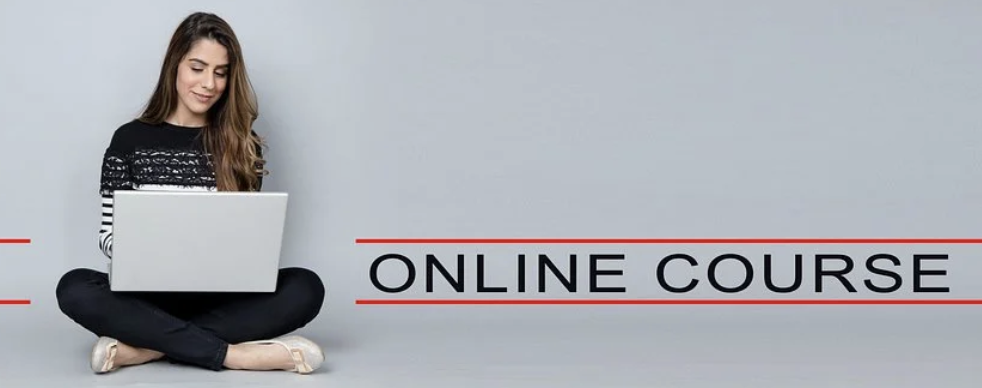6 Things You Should Know About Creating Online Courses
2022.02.14
When it comes to creating an online course, there are a lot of questions that need to be answered, but the most important one is: What should I teach? It would help if you had a good understanding of what is involved in creating an online course. You may have already decided this, or maybe you're still trying to find your niche. Either way, when creating an online course, it is vital to know the following six points. Let's take a closer look.

1. Basic Formatting
First, it is essential to know that online courses are different from traditional in-classroom courses. Since you cannot physically see your students, it becomes more challenging to engage them with non-verbal communication; therefore, course design becomes more crucial. A good layout of content will make or break your online course. You can find out what layout works best using a "chunking strategy", which lets you arrange specific information into meaningful groupings. When creating an online course, one should remember that it is a business, and for you to sell your product to customers, you have to present it appealingly. Once done, folks at edwize.org will help you gain exposure and promote your course. Then all you need to worry about is doing what you love – teaching.
2. Content Delivery
As previously stated, you will need to use the chunking strategy to keep your online course organized and easy to navigate through. It would help if you considered that online courses are usually composed of multiple sections, with each section containing several topics. For example, for a section called "Astronomy", there can be three topics: Space Exploration, Life on other Planets, and the Survey of the Solar System. The main idea behind using chunks is that it helps students focus better when learning new material because they can understand what is being taught at a glance.

3. Assessments
One of the best ways to keep track of student progress is through assessments. Quizzes are a great way to test your students' knowledge at the end of each section or topic within their course. This will show you how well your students understood what was just taught and where they might need help next time around. You can also give them a final assessment after completing the entire course as an extensive picture overview of what they have learned by using some form of the exam (multiple choice and essay). The best part about exams is that they let you see what areas your students studied more in by seeing which questions they had more trouble with instead of those that were a breeze. This helps you understand what areas to focus on more when going over the material in future lessons.
4. Collaboration & Communication
Once your online course is up and running, you're going to want a way for your students to provide feedback about their learning experience so that you can make any necessary changes as the course progresses. You have two main options here:
Assignment discussion forums where students post comments, questions, and share work with one another or
Direct communication via email if they prefer to contact you directly instead of posting on the class website.
Either way, it is vital to communicate with your students to ensure that they enjoy the course, understand the material being taught, and receive help when needed.
5. Student Evaluation
Once it comes time for your students to evaluate their online course, you will want to have a system in place to get an idea of how well your students felt about this experience. This is important because if they enjoyed learning through this method, there's a chance they might use it again in the future. Here are different methods you can use when asking students about their experience with the course:
Take student survey after completion of the course
Ask them questions via email
Conduct group or individual interviews
Hold focus groups
The best way to get quality feedback is to ask them in their final week of the course if they can provide any suggestions for improvement.
6. Updates & Revisions
Over time, you will start seeing things about your course that need to be reworked or just completely removed. Maybe there was content that wasn't as accurate as it should have been, such as outdated information or the format needed significant changes because students were having trouble understanding what was being taught through this method. Whatever the case may be, you want to make sure that you constantly update and revise your online courses so that students enjoy learning in their environment.
Creating online courses is an enriching experience, and with the proper guidelines to follow, you can ensure that this teaching method will be successful for your students. Use this information to help guide you along the way and remember that it may take some time before everything flows perfectly because we're all learning as we go.
More Articles
Copyright © Fooyoh.com All rights reserved.